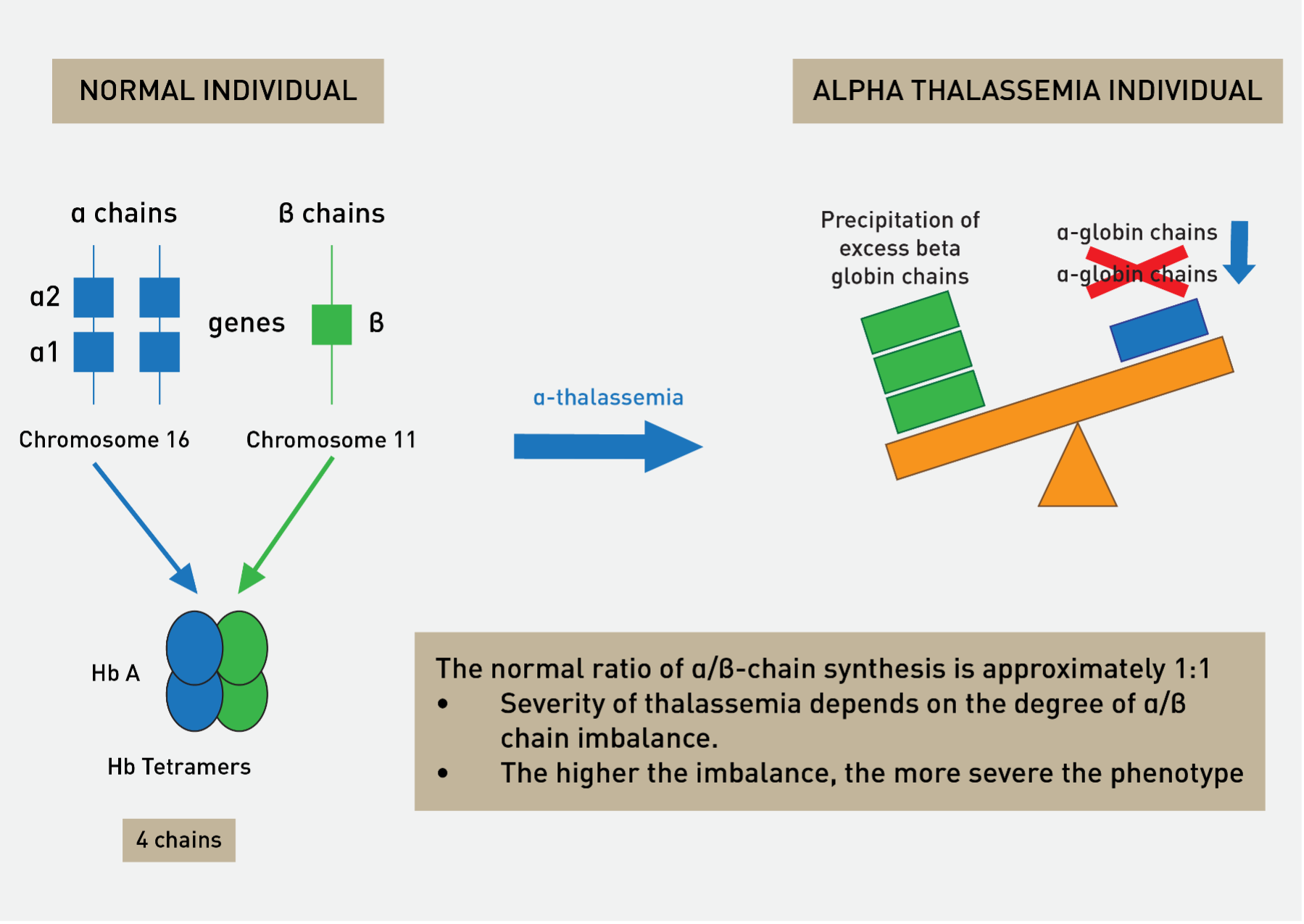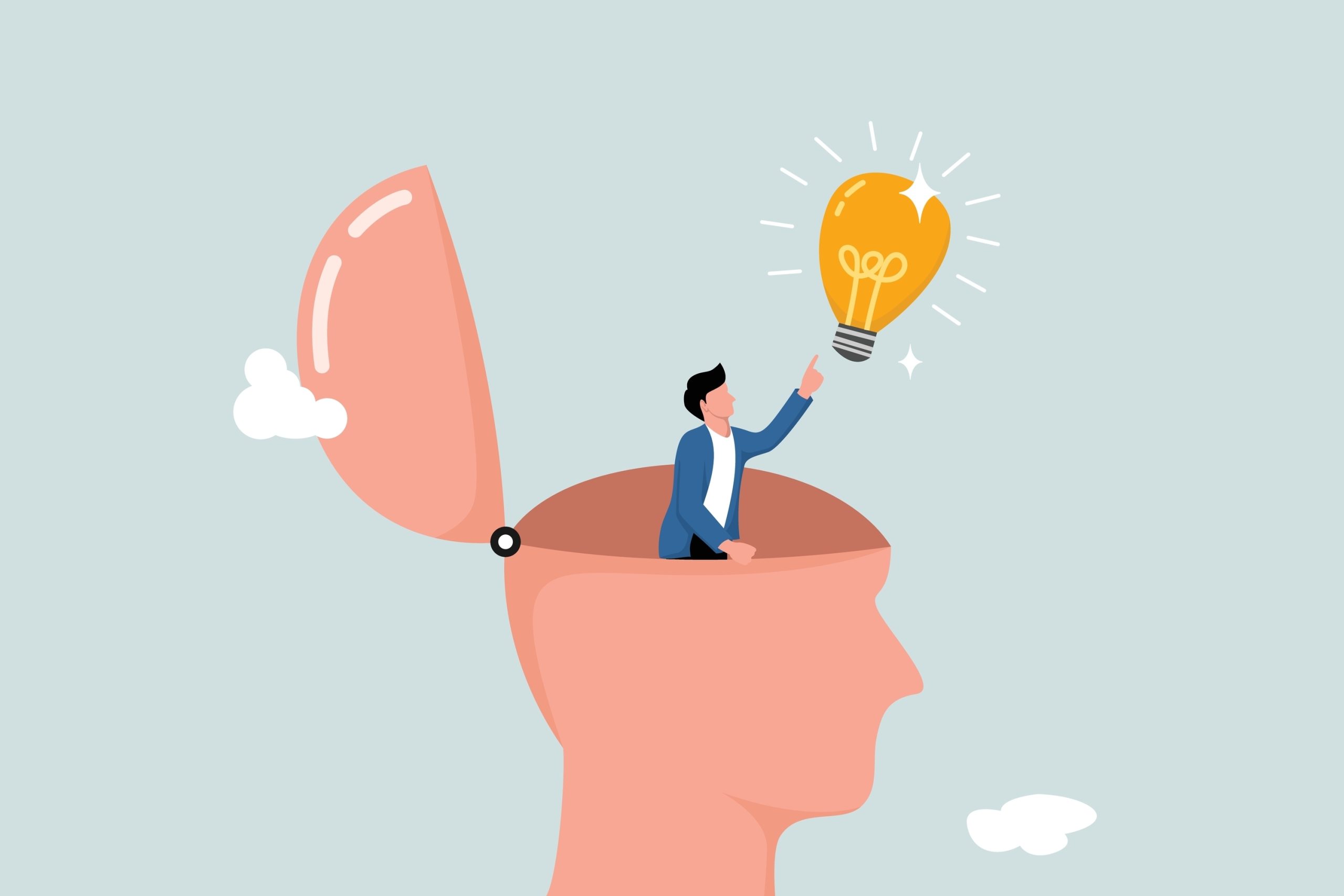How Much Do You Know About Blood Disorders?
Have you ever fainted under the hot sun? Do your lips look pale? These might be signs of anaemia, and you may think you need an iron supplement. But iron supplements only work for people who have iron deficiency, including iron deficiency anaemia. Other types of anaemia do not benefit from extra iron. In fact, taking too much iron can harm your health because the body cannot remove it easily. The excess iron can build up in your organs and, over time, cause organ failure. So, be careful when taking iron supplements!
So, what is anaemia? A simple understanding of the structure of red blood cells and their function will shed some light on this.
In our bloodstream, plenty of red blood cells in round and biconcave shapes enable them to facilitate oxygen transportation and move smoothly through our blood capillaries (the smallest of the body’s blood vessels).
A single red blood cell comprises millions of haemoglobin, an important oxygen carrier. Hemoglobin gives the red pigment in blood. Haemoglobin comprises two alpha- and two beta-globin proteins, each with a haem group (iron complex of protoporphyrin). These two types of globins fold together into tetramer chains to form functional haemoglobin.
Haemoglobinopathies
Haemoglobinopathies are a group of inherited blood disorders affecting red blood cells to transport oxygen from the lungs to all body parts. Flexible, round, biconcave-shaped red blood cells are crucial to carrying oxygen to all body parts. However, abnormally sickle-shaped (C-shaped) red blood cells will cause sickle cell anaemia.

Furthermore, any faulty production of these globin chains may give rise to thalassaemia. For example, the faulty production of the alpha-globin chain will lead to alpha thalassaemia; if the faulty production of the beta-globin chain, it will lead to beta thalassaemia. Both alpha and beta thalassemia can cause various degrees of anaemia, but the severity and specific symptoms can differ. The severity of these conditions depends on the number of affected genes and the specific genetic mutations involved.
Iron is an essential mineral to our body, as it plays an important role in regulating bodily function, especially as an oxygen carrier in red blood cells. If there is a shortage of iron supply in our body, it will lead to iron deficiency anaemia.
In general, anaemia is characterised by reduced haemoglobin levels, leading to anaemic symptoms, such as fatigue and dizziness, and it disturbs cognitive development and productivity in the workplace.
Sickle Cell Anaemia
Sickle cell anaemia is an inherited blood disorder where the body does not have enough healthy red blood cells to carry oxygen. This condition happens because of a gene defect or mutation in the beta-globin gene.
Normally, red blood cells are round and flexible, allowing them to move easily through blood vessels. In sickle cell anaemia, however, the cells are shaped like sickles or crescent moons. These sickle-shaped cells die early, leading to a constant shortage of red blood cells. They are also hard and sticky, which causes them to block small blood vessels and slow down blood flow.
Thalassaemia
Thalassaemia is a group of inherited blood disorders. It occurs when the body makes less or none of one or more types of globin chains.
In healthy people, all pairs of alpha and beta globin genes work together to produce the necessary globin chains throughout life. When one or more of these genes do not work properly or are defective, thalassaemia develops.
Haemoglobin is made up of two alpha-globin chains and two beta-globin chains. If there is a defect in the alpha-globin chain, which is coded by the alpha genes on chromosome 16, the result is alpha thalassaemia. Meanwhile, defects in the beta-globin chain, produced by the beta genes on chromosome 11, lead to beta thalassaemia.
A common example of a beta-globin gene mutation in Malaysia is Haemoglobin E (HbE). The diagram below shows a simple illustration of how alpha thalassaemia occurs.
Iron Deficiency Anaemia
From our daily meals, about 1–2 milligrams of iron are absorbed by the small intestine. The iron is carried by transferrin, a transport protein, to the bone marrow to make haemoglobin. Any extra iron is stored in the liver by ferritin, the storage protein. This stored iron can be released easily whenever the body needs to produce more red blood cells.
Iron deficiency happens in two main stages: iron depletion and iron deficiency erythropoiesis (the process of red blood cell production).
In iron depletion, the body has less iron stored, but still enough to keep normal functions running.
Doctors can detect iron deficiency through a blood test that checks red blood cell indices — measurements that show the size, shape, and haemoglobin content of red blood cells. In this test, iron depletion is shown by slightly lower ferritin levels but normal haemoglobin levels.
Iron deficiency erythropoiesis happens when the body cannot supply enough iron to the bone marrow for making red blood cells. This may occur due to low iron intake from food or a faulty iron transport protein caused by genetic factors.
In a blood test, this condition shows lower ferritin levels than iron depletion, while haemoglobin levels remain normal. If untreated, it can progress to anaemia.
Iron deficiency is one of the most common nutritional problems in the world. It often affects young children, pregnant women, people who menstruate, vegetarians who eat too little iron-rich food, and frequent blood donors.
The symptoms of iron deficiency anaemia and other haemoglobin-related diseases are often similar. Common signs include tiredness and pale skin. Because of this, misdiagnosis can easily happen.
To get the right diagnosis, a blood test is important. It helps doctors check the red blood cell indices to tell the difference between iron deficiency anaemia and other blood disorders before starting any treatment.
According to the World Health Organization (WHO), iron deficiency anaemia is the most common type of anaemia. It affects nearly two billion people worldwide, including many in Malaysia.
Our red blood cells hold a lot of important information about our health. These tiny, specialised cells play a key role in the circulatory system, carrying oxygen throughout the body. When they don’t function properly, our body’s balance is disrupted.
So, the next time you hear the term “haemoglobin havoc”, you’ll know what it means! By learning more about red blood cells and iron, you can help prevent anaemia and protect your health and your loved ones.
Note: Dr Lee Tze Yan is a senior lecturer and an active researcher at Perdana University. A biomedical scientist by training, he holds an MSc in Molecular Biology and a PhD in Molecular Medicine from Universiti Putra Malaysia. He is interested in science policy and is also an active Young Scientist Network (YSN-ASM) member. He is the honorary advisor for the 7th National Biomedical Science Gathering Malaysia (7th NBSG).





